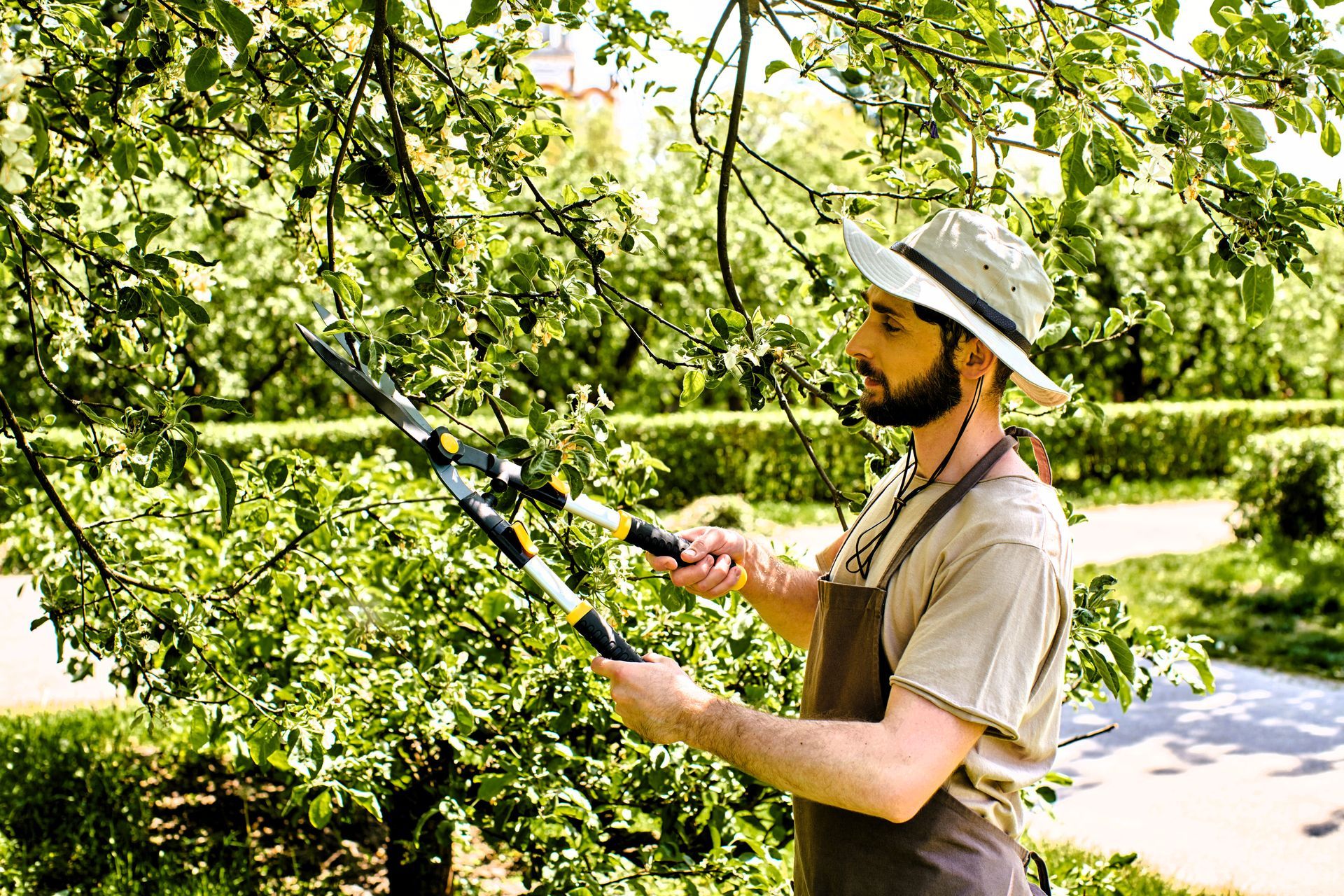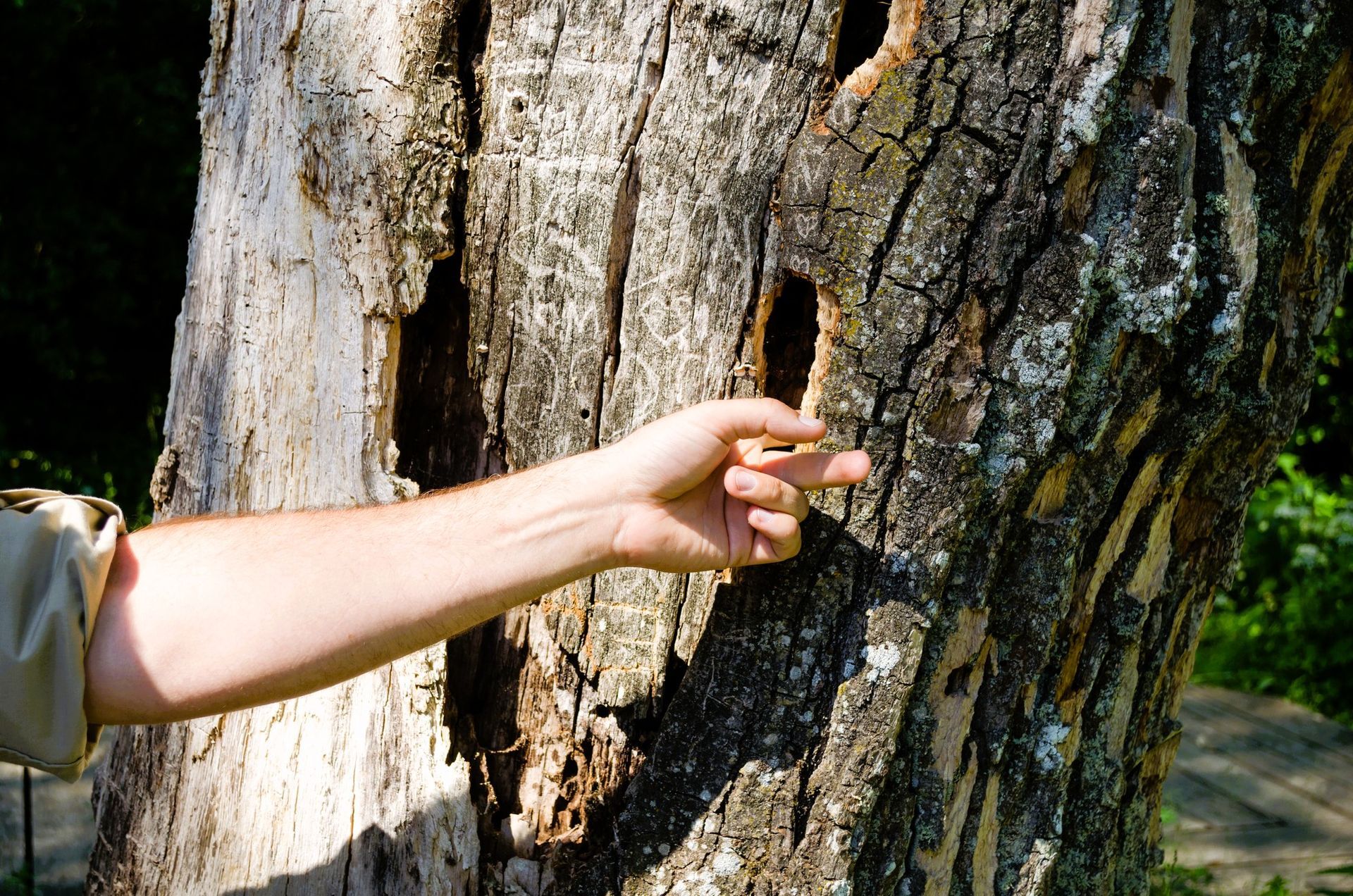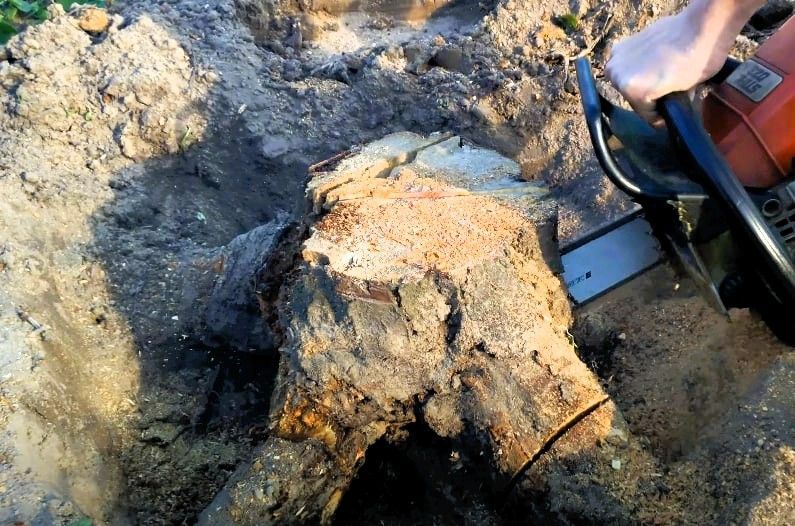Can You Still Save and Preserve a Rotting Tree?
Learn how to save a rotting tree with this step-by-step preservation guide.

Is there any hope for a tree that's on the brink of decay? The query at hand revolves around the possibility of rescuing a rotting tree. Can it be revived, and if so, what measures can be taken?
Sometimes, putting in your best effort may yield results, with new leaves and branches sprouting lower on the tree, closer to its base. This growth could emerge from either rejuvenated roots or a completely new root system. However, in most cases, the reality is that reviving the entire tree might not be feasible.
Things To Check For On a Rotting Tree
To embark on this journey, begin with a thorough inspection of the ailing tree. Apart from visible observations, there are tests that can be conducted directly on the tree, shedding light on its condition.
Fungus Growth:
Inspect the area around the tree's trunk and its base. Do you observe any fungus beginning to take root? Fungus growth is often an early sign of a tree in distress. If fungus is spotted on the tree's trunk, it's likely an indicator that the internal structure has rotted, and anything beyond the fungus might already be lifeless.
Tree Trunk Damage:
Focus on the tree's trunk itself, conducting a detailed visual examination. Look for cracks extending vertically along the trunk. Significant trunk damage increases the likelihood of the tree's overall poor health.
Check for the presence of bark next. Healthy trees shed old bark, allowing new bark to grow and replace it. Unhealthy trees might exhibit smooth areas without bark, signaling potential trouble.
Check For Bare Branches:
Inspect the tree's branches. Excessive bareness during seasons like Spring or Summer could be a red flag, suggesting the tree might be beyond recovery.
If only one side of the tree's branches lacks foliage while the other thrives, it indicates a one-sided infection. This imbalance could lead to the tree leaning and, eventually, collapsing due to the uneven weight distribution. Also, check if deciduous tree leaves remain attached throughout winter, as persistent leaves suggest potential death.
Check For Damaged Roots:
Though challenging, examining the roots provides clues about their health. Leaning trees may indicate weakened roots incapable of supporting an upright position. Epicormic shoots at the base might signal diseased or unhealthy roots, indicating pressure below the surface.
Tree roots can be impacted by various factors, including excavation, construction, limited root depth, and harsh weather conditions. Check the area around the tree for these issues.
Perform Scratch or Break Test:
A simple scratch test can quickly reveal the tree's condition. Make a small indentation on a branch using a sharp knife. A healthy tree will exhibit a green and moist interior. Repeating this test on multiple branches provides a comprehensive assessment.
Causes Of A Tree Dying:
Several factors, from overwatering to diseases, can contribute to a tree's decline. Understanding common diseases like American Chestnut Blight, Powdery Mildew, Sudden Oak Death, Dutch Elm Disease, and Fire Blight can help address specific issues.
Tips To Keep Your Tree From Rotting
In addition to the above, consider these guidelines to enhance overall tree health:
- Adjust fertilizer ratios during dry winter months and irrigate roots directly with a 0-20-20 fertilizer solution.
- Protect exposed tree roots from lawn mowers to prevent wounds that allow pathogens to enter.
- Avoid using weed killers near trees and disinfect tools after pruning infected trees to prevent disease spread.
Reviving Your Tree: Arborists at Your Service!
When your tree is ailing, turn to the experts – the arborists, often known as tree doctors. Skilled in diagnostics, preventive measures, and insights on diseases, arborists provide invaluable support for your tree's well-being. If uncertainty shrouds your tree's health, consulting a local arborist becomes your best step to safeguard those cherished green companions.
Facing challenges beyond the ordinary? Seeking professional help is the game-changer. Arborists specialize in diagnosing severe diseases, administering treatments, and providing crucial support. It's crucial to remember that while a sick tree can be revived, a dead one is a lost cause. Taking prompt action not only prevents potential collapses but also saves considerably on long-term costs. For expert tree services, including preservation, removal, or a thorough health assessment,
contact Kanata Tree Service Masters. Act now to ensure the flourishing longevity of your green guardians.
You might also like
Kanata Tree Blog
Book a Service Today
We will get back to you as soon as possible
Please try again later
Kanata Tree Service Masters
Ottawa, Ontario Canada
We are your trusted partner for every kind of tree-related issue you can imagine
© 2023 All Rights Reserved Kanata Tree Service Masters Disclaimer: This site is a free service to assist homeowners in connecting with local service contractors. All contractors are independent and this site does not warrant or guarantee any work performed. It is the responsibility of the homeowner to verify that the hired contractor furnishes the necessary license and insurance required for the work being performed. All persons depicted in a photo or video are actors or models and not contractors listed on this site.


